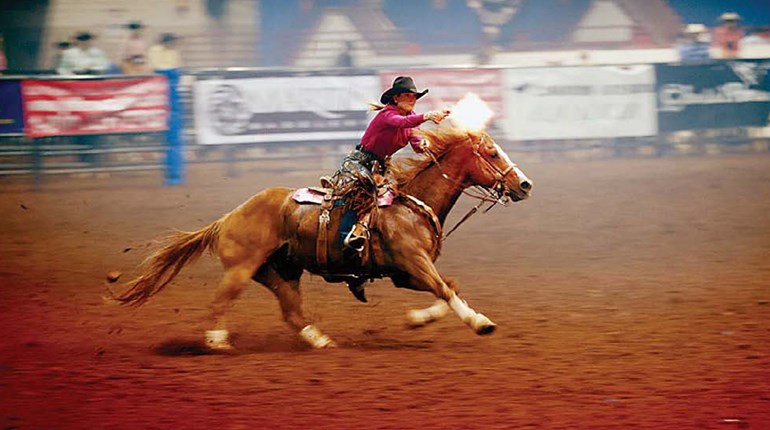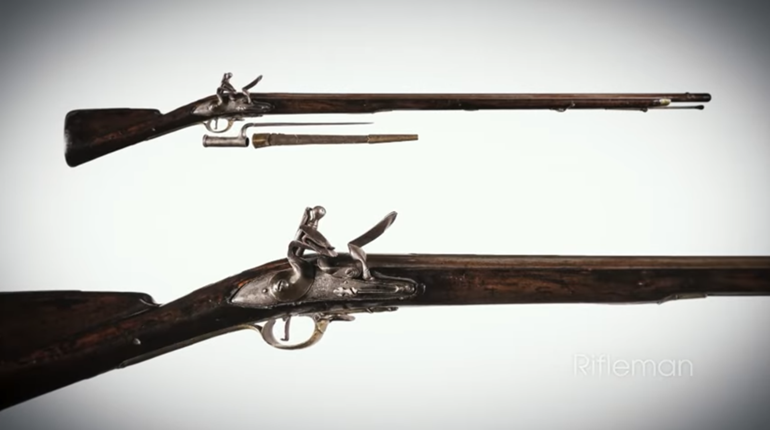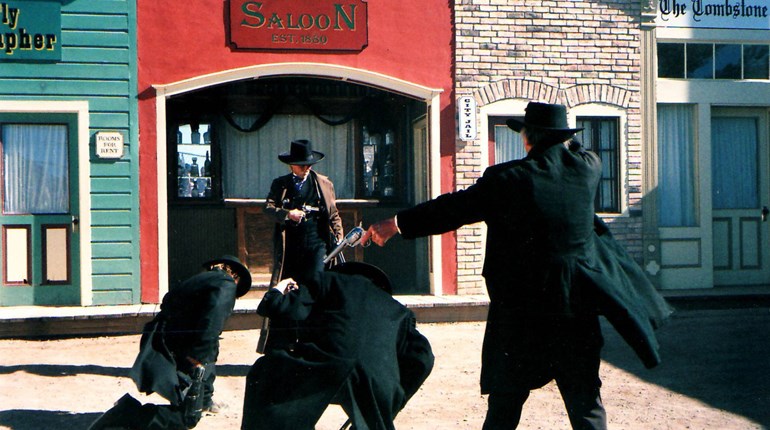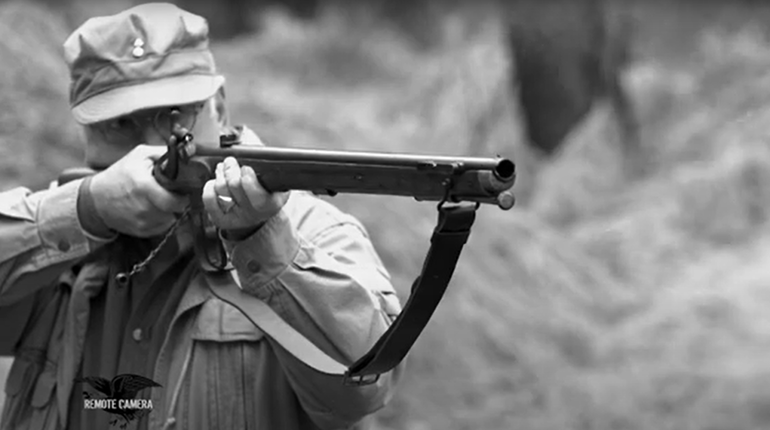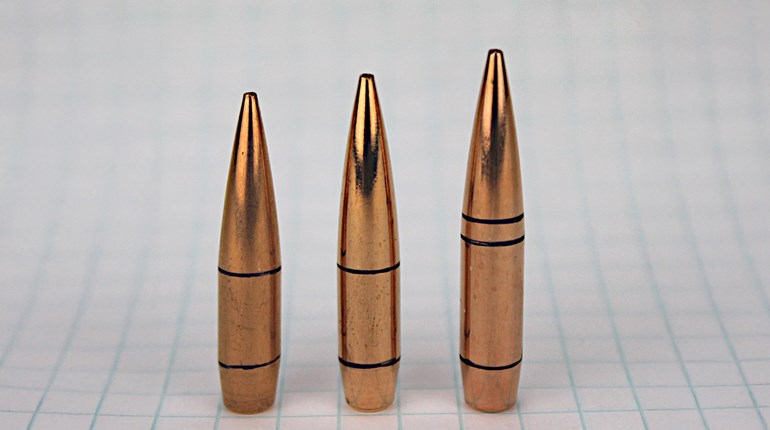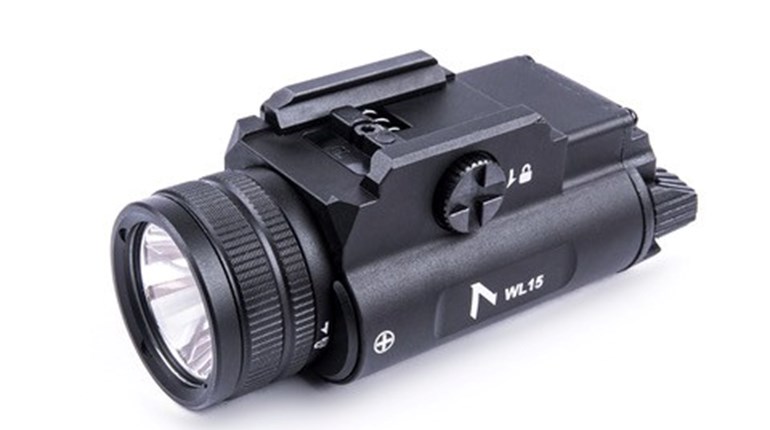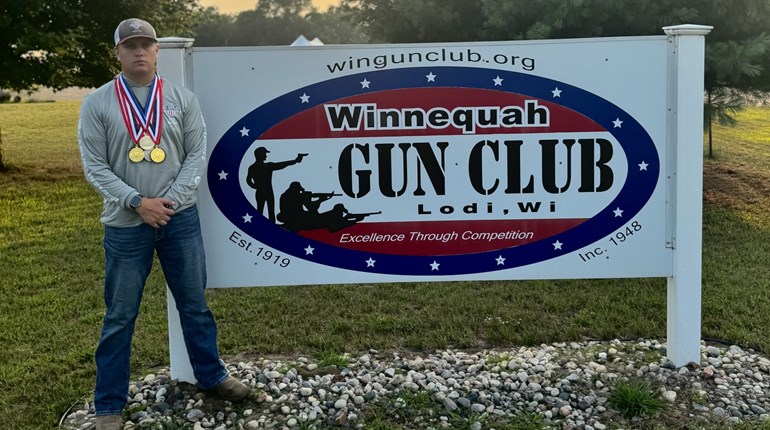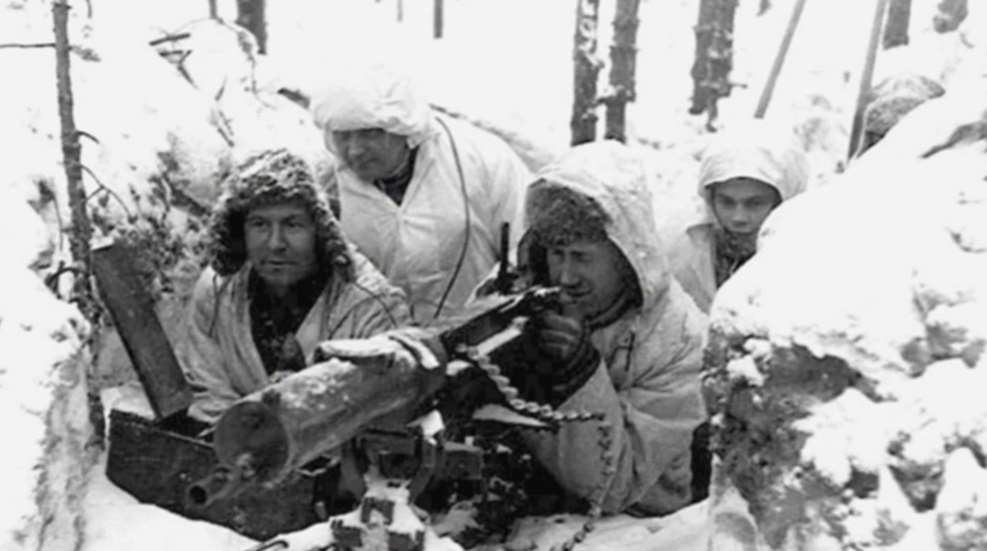
Often on Throwback Thursday we take a deep dive, and dig up some esoteric bit of history featuring a relatively unknown but fascinating character. This is not one such Thursday. To say someone needs no introduction has become cliché, but to any audience even slightly acquainted with the annals of military history, Simo Häyhä is such a figure. “The White Death,” “Taika-ampuya” (magic-shooter), “Simuna,” the "most successful sniper in history" or whatever moniker you may know him by, was the mythic scourge of the Soviets during the Winter War, singlehandedly playing a massive role in the Finnish victory.
Born December 17, 1905, to Juho and Katriina Hayha in Küskinen, Rautjärvi province (now Russian territory), Simo’s life began in the usual way for soldiers of that time: on a rural farmstead. Following in the Coriolanian tradition, Simo displayed a real knack and passion for farming, taking to the life with a vigor undeterred by the extreme difficulty imposed by the work and the climate. Little did he know at the time that it was not for his life’s work, but for the skills imbued in him by his hobbies of skiing, hunting and shooting, that his name would one day be known around the globe.
At the age of 17, Simo joined the Rautjärvi Civil Guard, and later served mandatory conscription in the Army from 1925-1927, in Bicycle Battalions 1 & 2. After being discharged, he continued on in the Civil Guard, winning numerous Viipuri Civil Guard regional competitions throughout the 1930s, while continuing to hone his marksmanship skills with the extra ammunition provided by the program.
His primary living during this time was as a hunter and trapper. With his favorite hunting dog, Kille, Simo trolled the Finnish backwoods for game big and small. A skillful foxhunter, Simo racked up 28 of the wood’s cleverest animal in his best season, a number some barely rival in their lifetimes. On the other end of the size spectrum, Simo took 73 moose overall, Kille accompanying him on every successful hunt save one. Unfortunately for the dynamic pair, this idyllic pastoral existence was not to last.
On November 26th, 1939, Russia conducted a false flag shelling of its own village of Manila. After blaming Finland for the destruction, an assertion which fooled exactly no one, the USSR used the incident as a pretense for war. Four days later, on November 30th, 450,000 Soviet troops in 23 divisions rolled over the border towards the Kollaa river, and Simo’s fated ascension into the spotlight began.
His abilities were recognized almost immediately: Simo was quickly relied upon to take out high value targets, and targets that others just could not reach. As such, counter-sniping became one of his primary responsibilities, once downing with iron sights at 400 meters a sniper that even the feared “Horror of Morocco," Lieutenant Juutilainen, could not dislodge with a scoped rifle. This was just Simo’s way.
A marksman in the truest sense of the word, Simo eschewed almost any form of comfort or unnecessary assistance when completing his missions. He frequently used his gloves as a rifle rest, despite the -43 degree Celsius weather, filled his mouth with snow to mask the steam of his breath, and most notably to the modern reader, shot almost exclusively with iron sights.
Simo used the standard Finnish Mosin-Nagant Model 28-30 Rifle, firing 200-grain D-166 bullets. His reasoning for sticking with iron sights, even at such remarkable distances, was simple: It was what he knew. The almost two decades Simo spent honing his craft in the Civil Guard proved formative, and for the entirety of that time, Simo had shot his trusted M/28-30 with iron sights, and nothing else. In this configuration, Simo knew his rifle inside and out, picking off targets hundreds of meters away with authority. Additionally, scopes were rare among the Finns. Few were standard issues, and the majority that came into Finnish possession during the war were actually stolen from the Soviets. Cumbersome, fragile and prone to losing zero in the Neptune-esque weather conditions, Simo reasoned that their tell-tale glint made him more detectable, and that they even slowed target acquisition enough to be dangerous. Besides, the time to learn how to use a scope is in peacetime on the range, not in the middle of a war.
In the middle of a war he was however, and on the side badly outmanned and outgunned. Despite being on their home turf, comparatively small Finland could only field 300,000-340,000 men. The Soviet Union, meanwhile, began the war with 450,000 troops, and would throw 760,000 men total at the conflict before its end. The other figures were no less grim. The Soviets fielded 6,541 tanks to the Finns' 32, 3,880 aircraft to the Finns’ 114, and bombarded the Finns with 35,000-40,000 artillery shells per day. The Finns had the capacity to respond with only 1,000. As such, the Finns wisely attempted to use every aspect of the terrain to their advantage, and at Kollaa, this meant the kind of quick and light harassing actions in which snipers excel.
As large armies generally are, the Russian force was cumbersome. Their men and equipment needed good roads to move, and the dense forests around Kollaa lacked that. This hamstrung the Russian lines, and made them unable to really bring their full force to bear. As a result, while the Finnish line occasionally broke under the sheer weight of artillery fire and mass attacks, a counterattack always succeeded in restoring their position. It was against this backdrop that Simo went to work.
Utilizing the skills he acquired over a lifetime of skiing, shooting and stealthily stalking game, Simo racked up 542 confirmed kills over the 98 days he served on the Kollaa front (though there were other, bloodier, battles, this was the main line of resistance during the war), a number almost equivalent to an entire Russian battalion. This feat had never been matched before, and hasn’t been equaled since. What’s more, his actual total is probably far higher, usually estimated to have been somewhere over 800.
As his tally grew, so did his notoriety among the enemy. Enemy snipers, officers, soldiers and even valuable spotting periscopes all succumbed to Simo’s steady aim. The devastation he wreaked was so extensive that the Soviets began to call down artillery strikes onto his suspected positions, targeting him alone. With the exception of cuts and bruises however, they never succeeded. Simo simply vanished back into the forests from whence he came, leaving no more trace than the Landvaettir long believed to haunt these woods.
Despite Simo’s exceptional utility as a sniper, the Finnish war effort was not vast enough to fully excuse him from other duties. Sometimes, when fighting was fierce and close, he was needed to participate. On one such occasion he recalled crawling silently with his comrades almost to the light of a Russian campfire, before opening fire on the unsuspecting soldiers and making off with their weaponry.
Simo’s continued dedication to the war effort, coupled with his brutal effectiveness, led to his use in wartime Finnish media. It was here that he was first bestowed with the moniker of the “White Death”: an invisible soldier of almost supernatural ability, cutting down enemies by the score to keep his homeland safe and free. Unfortunately, even heroes of such gargantuan proportion can have their mortality laid bare in an instant.
On March 6, 1940, after 98 days of hard fighting, Simo was grievously wounded during close-quarters combat in the forests of Ulismaa (still in the Kollaa region). A Russian infantryman hit Simo in the jaw with an exploding bullet, shattering the bone and half his face. The infantryman probably had no idea who he had hit, and just what a blow he had struck to Finland. Simo was not through yet, however. Despite first being taken for dead and thrown onto a pile of corpses (according to one story, anyway), Simo was recognized as alive when someone saw his boot twitching around, and was transported back to the hospital on a sleigh. There Simo remained in a coma for seven days, until March 13. By the time he awoke, the war was over. It had lasted only 105 days. Seventy thousand Finns and between 321,000 and 381,000 Soviets lay dead, wounded or missing.
Though Finland held, they did lose a small amount of territory to Russia during the war (they regained it during the Continuation War, but promptly lost it again at the end of WWII). In a cruel stroke of irony, the man who had arguably contributed most to the effort to keep Finland free from Soviet control was forced to give one more thing: his family’s farm. The new Finnish–Soviet border bisected Simo’s home province of Rautjärvi, and his home was on the wrong side. Cognizant of the sacrifice however, the Finnish government gave Simo some land in the neighboring Ruokolahti municipality, as they did with the 430,000 other refugees who had lost their homes.
Due to his injuries, Sino played no active role in the Continuation War, despite attempting to enlist. He instead served on the Horse Call-up Board, selecting horses to be used in the war effort. After the war, and a 16-year stint living with his brother, Sino finally settled onto the farm in Ruokolahti given him as reparation by the government. There he returned to his peaceful yet challenging existence living off the land. Simo farmed and logged his 80-acre farm, where he also bred hunting dogs, until an injury to his hip (the same hip from which bone was taken to reconstruct his jaw), forced him to retire to an apartment in Rasila, on the shores of Lake Saimaa.
Never one to boast, Simo lived out his days quietly, and when prodded about wartime accomplishments remarked only, “I did what I was told to, as well as I could. There would be no Finland unless everyone else did the same.” He passed peacefully on April 1st, 2002, at the Kyni Institute for Disabled War Veterans, his eventful life spanning just four years short of a century.












